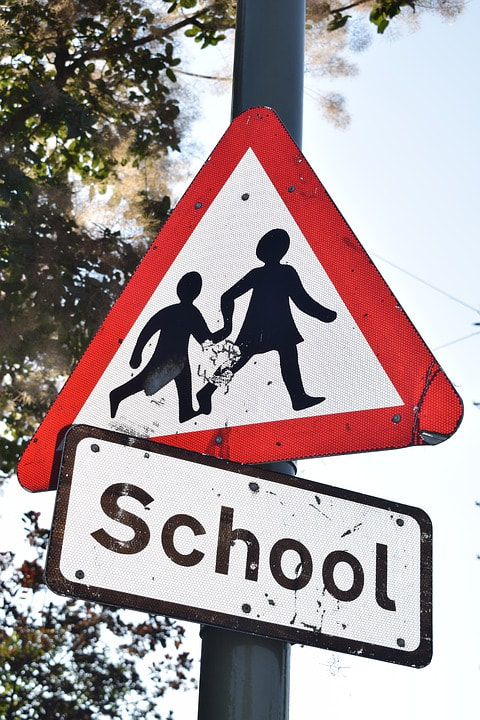|
What is your school’s risk management plan? Do you have one? Does everyone know about it? Do you really know what’s expected of you in regards to your school’s risk management? Is it just about the documents or does it go deeper than that? What’s your school’s appetite for risk? Do you even know what that means? Is the school’s risk management backed up by any sort of budget?
These are some really important questions you should be asking your school administration. With the global pandemic having highlighted some serious challenges for schools and the world, the idea of risk management can feel overwhelming. However, it doesn’t have to be because much of the angst and frustration comes from confusing and contradictory information. Having a solid foundation and understanding of risk management can help reduce some of these concerns now. It is massively beneficial over the long-term for student safety and wellbeing. Unless we have an idea of what’s expected and or the systems in place for risk management at school, it’s hard to know where to start. Most schools have a risk form, which is often completed by teachers with no real understanding about risk management. This is not their fault but is problematic and an issue which needs to be addressed right across the school to ensure good risk management can be developed and applied consistently throughout the school. To achieve this, staff need training and annual refresher courses, or extension courses in risk management. The expectations of risk management need to be clear and able to be implemented by every department, regardless of the subject. This will help reduce injuries, incidents and make every activity which is being run safer and more enjoyable for students. Risk management should not be just made up as the program goes, nor should it be just a piece of paper which someone has to fill in. Good risk management occurs weeks, months and years before a school excursion or activity even begins, but so many schools don’t provide training for their staff, which results in bad outcomes for the school and their students. From years of working in the industry, we’ve seen the same things over and over again and the amount of money and prestige at a school has no bearing on its ability to manage risk. It’s only through good quality training and development that this is possible. Importantly, schools need to allocate money for good quality training, equipment and reviews for all the programs they run which involve a level of risk. Through doing so, this will help build a culture of risk management that results in great educational programs and outcomes for students.
0 Comments
Your comment will be posted after it is approved.
Leave a Reply. |
Categories
All
Archives
April 2021
|

 RSS Feed
RSS Feed